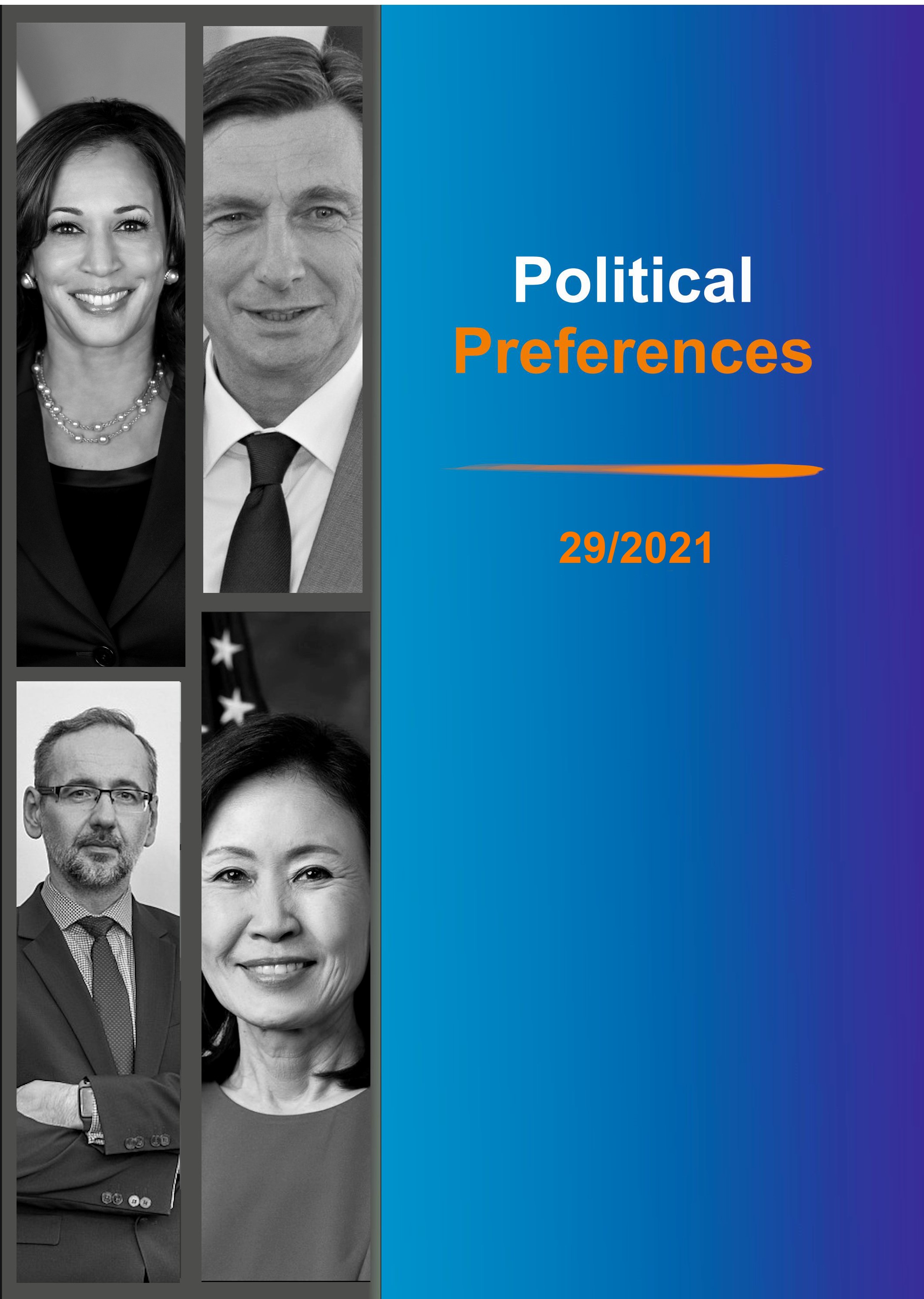

 https://doi.org/10.31261/polpre.2021.29.77-97
https://doi.org/10.31261/polpre.2021.29.77-97
Information and communication technologies have undergone substantial development in recent decades. These changes have been manifested not only in the economy, but also in people’s everyday life, as modern technologies have fundamentally transformed working methods, leisure activities, and administrative processes. The strong influence of advanced trends has also left changes in public administration. The international concept of eGovernment has come to the fore, known in Slovakia due to the development of the Internet public services under the “informatization” of public administration. In Slovakia, as well as throughout the world, the primary objective of electronification is to increase the obligations of the state administration, reduce corruption, improve communication within the public administration itself, increase transparency, save finances, eliminate empty bureaucracy, and simplify the contact of citizens with the authorities. eGovernment allows individual states a range of options for delivering public services electronically, such as interactive collaboration or providing information online. In spite of all the advantages brought by information and communication technologies, the Slovak Republic still lags behind in the implementation of computerization in public administration. In the field of electronic public administration, individual processes are constantly influenced primarily by external changes (political), but also by internal changes (organizational). These are precisely the types of changes that can be described as limiting factors for the development of eGovernment. The objective of the present paper is to analyze how public policy actors in three studied countries influence the development and implementation of electronic public administration. The analysis will then culminate in the proposal of appropriate solutions to remove the identified barriers for the conditions of the Slovak Republic.
Download files
Citation rules

No. 29 (2021)
Published: 2022-01-02
 10.31261/polpre
10.31261/polpre